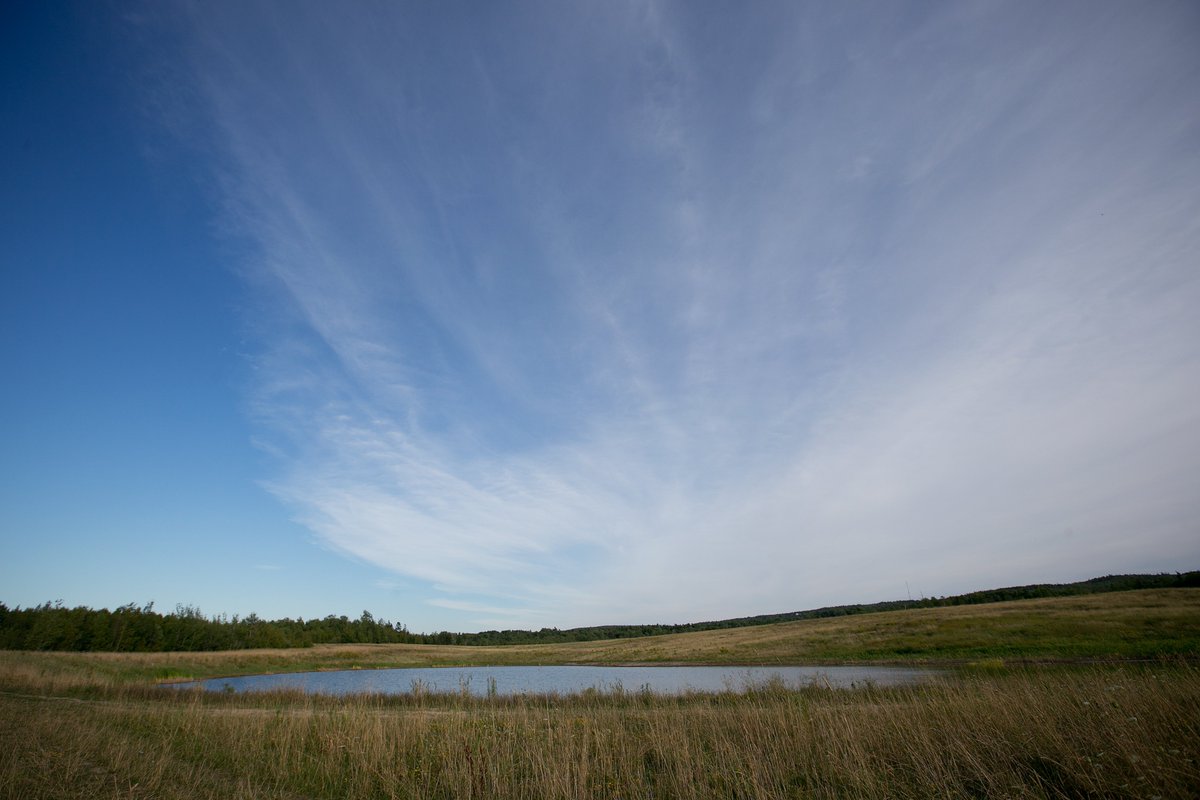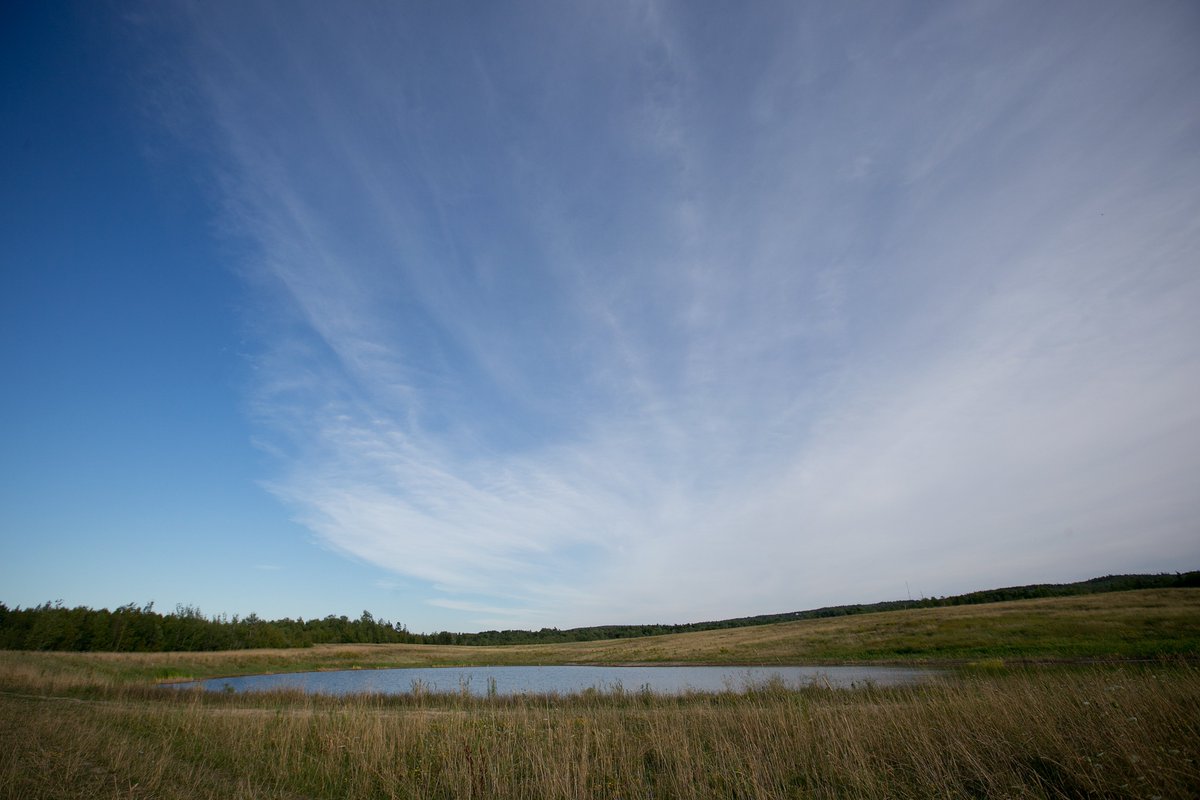Historical tailings have nothing to do with modern #gold mining. #Mining today is a science-based industry that takes proper care of the environment.
Standards weren't good enough 100 years ago for mining or anything else. But that's not how we operate now.
#nspoli #NovaScotia

Standards weren't good enough 100 years ago for mining or anything else. But that's not how we operate now.
#nspoli #NovaScotia


Before getting operating permits, #NovaScotia #mining companies must get government approval of #reclamation plans and post-reclamation bonds that ensure funds are available to properly take care of sites.
#nspoli #NS #minerals #geology

#nspoli #NS #minerals #geology


#NS Mine operators treat, strictly monitor and test water, and report back to @nsgov. Water is recycled on-site to reduce the amount needed. Water released back into a river or lake is usually cleaner after it has been used in a mine or #quarry than it was beforehand.
#nspoli

#nspoli


@nsgov #Uranium and #arsenic occur in all #NovaScotia rock. They are unstable and often leach naturally into groundwater. It's important to test wells for them.
#Mining does not release them or create a new problem. Mines contain them in engineered facilities that protect water.
#nspoli

#Mining does not release them or create a new problem. Mines contain them in engineered facilities that protect water.
#nspoli


@nsgov Modern #gold mines do not use #mercury. It’s an obsolete method of processing that is harmful to the environment. It has not been used in #NovaScotia since the early 1900s. We agree that historical #mining practices weren't good enough but that isn't how we operate today.
#nspoli

#nspoli


@nsgov A #watershed is an area where all water drains into a common water body. The term simply means a geographical area. All land is part of a watershed so virtually all human activities and infrastructure are in #watersheds,ie homes, roads, schools, industrial sites, etc.
#nspoli #NS

#nspoli #NS


@nsgov Most industries have legacy issues. Governments paid to clean up sites like the #Sydney tar ponds, #Amherst Aerospace and #Trenton's Tibbetts Paints. #Mining also has legacy issues but they date from another era and the industry takes proper care of the environment today.
#nspoli

#nspoli


• • •
Missing some Tweet in this thread? You can try to
force a refresh



























